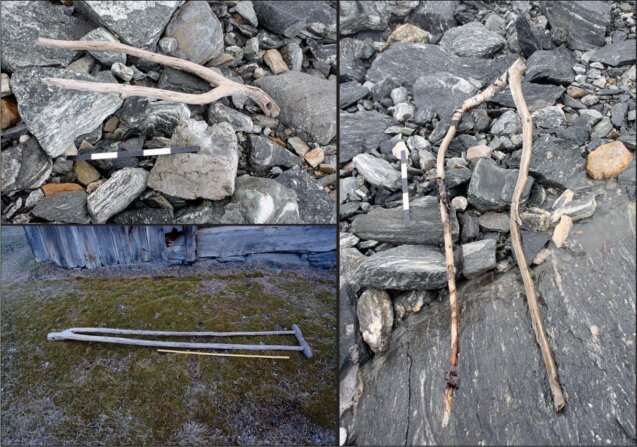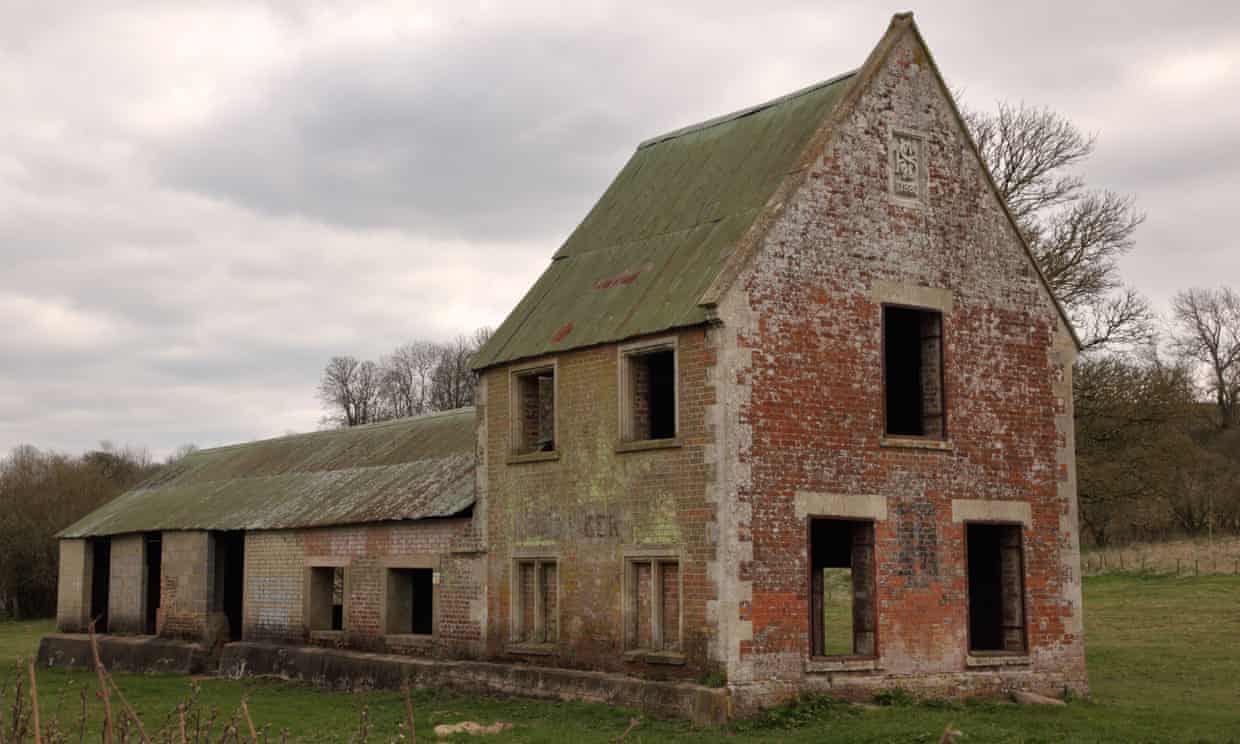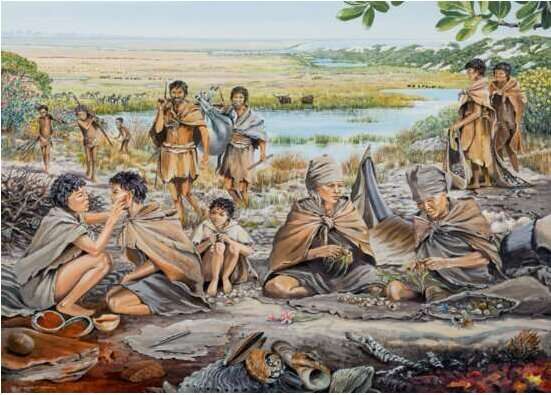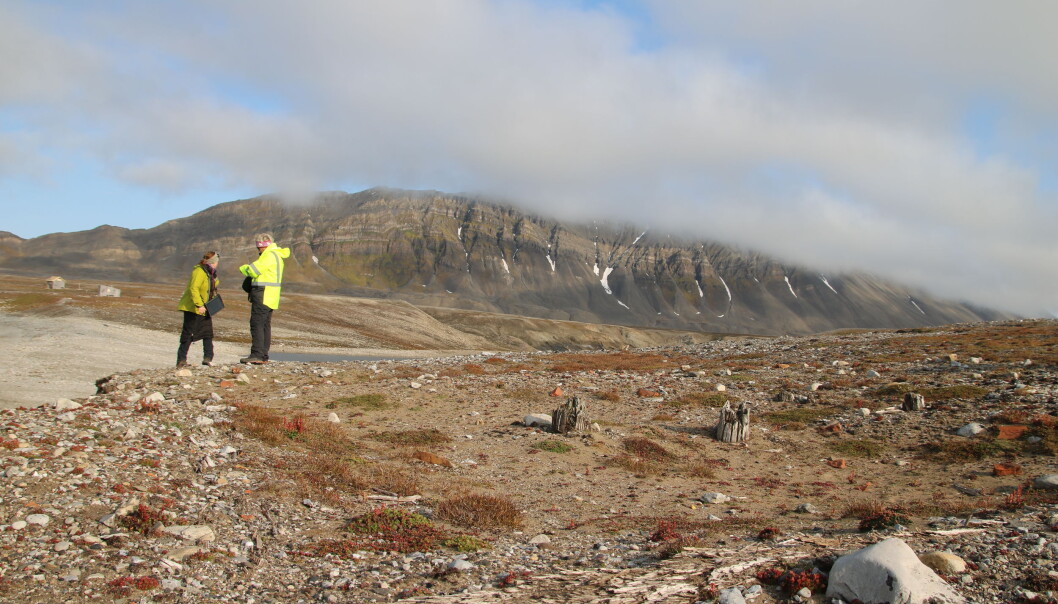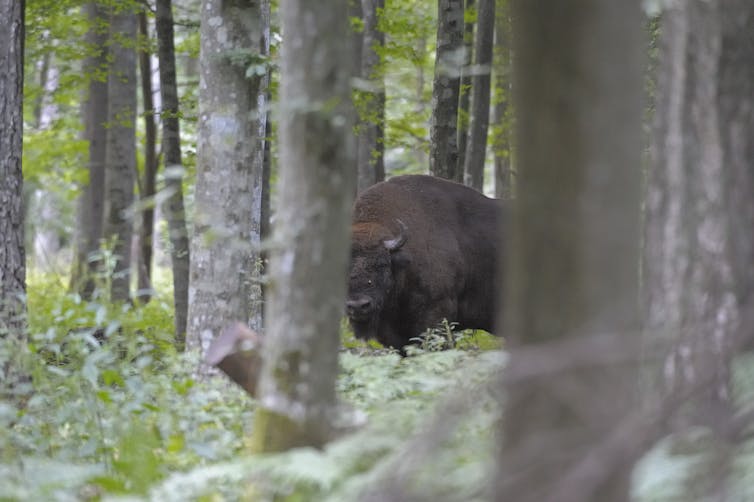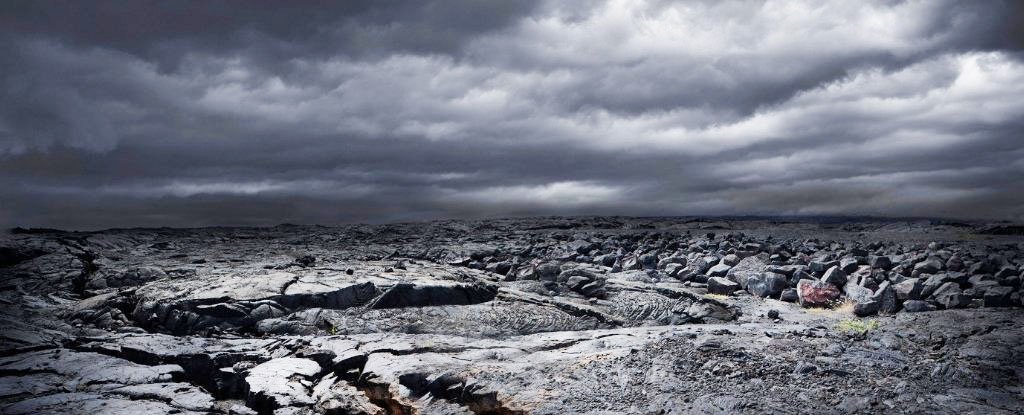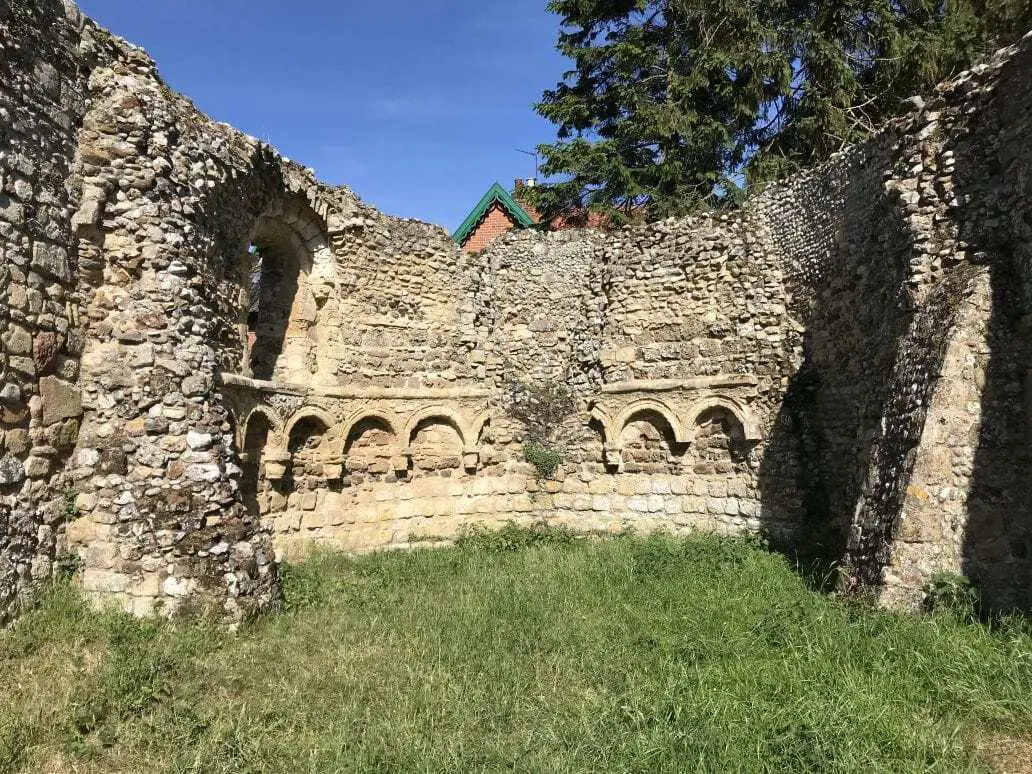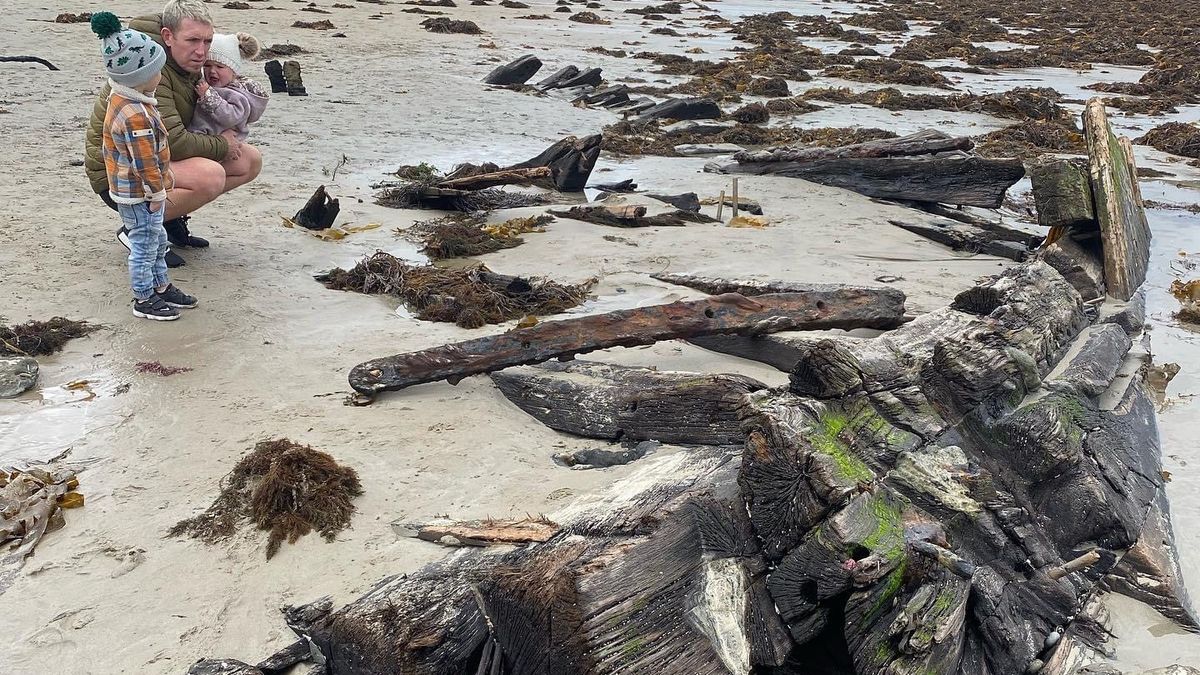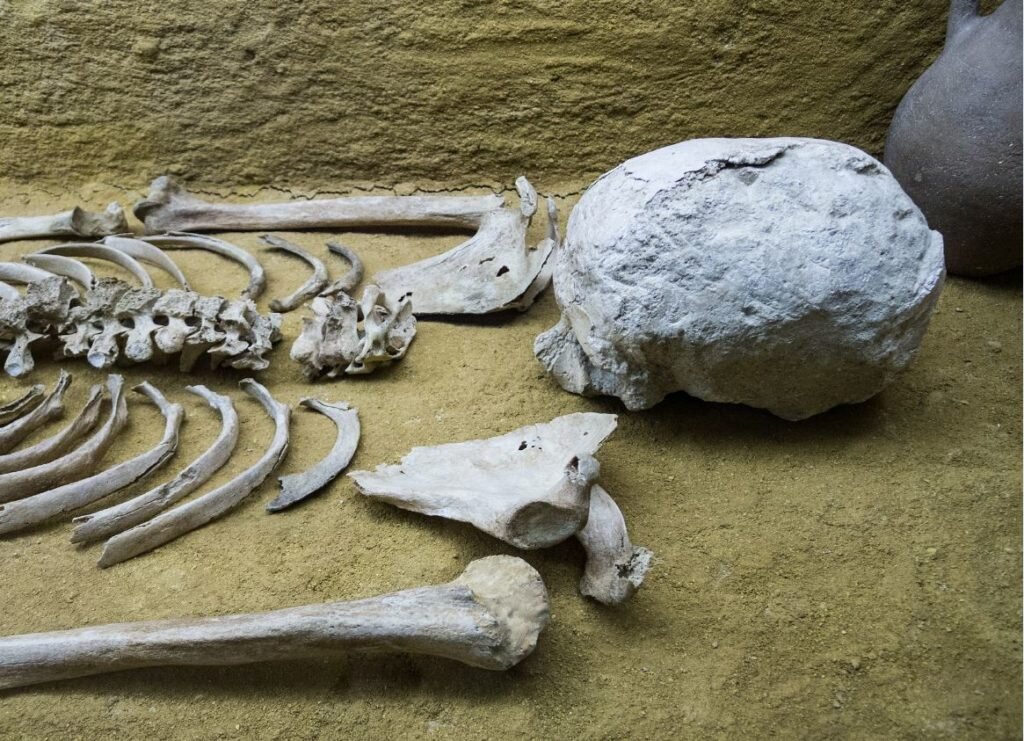Upper left: an object interpreted as a tong (a clamp for holding fodder on a sled or wagon), dated to the Late Roman Iron Age; right: a similar, undated object, also from the pass area; lower left: a historical example from Uppigard Garmo, pre-dating c. 1950. Credit: Glacier Archaeology Program & R. Marstein/Lars Pilø et al.
High in the mountains of Norway, melting ice has led to the discovery of an ancient remote mountain pass, complete with trail markers and artifacts from the Roman Iron Age and the time of the Vikings. The remains reveal this route served a dual function historically: It was once a significant passageway for moving livestock between grazing sites as well as for inter-regional travel and trade. This particular receding ice patch is known as Lendbreen, and because of its tame geologic features, hundreds of artifacts have been pristinely preserved. Most are from the Viking Age, providing an odd inland perspective to the age-old tales of their audacious maritime journeying.
Glaciers and ice patches throughout the world's high mountain regions are receding, leaving behind precious artifacts, like Ötzi the ice man and his tool kit, that have been buried under ice for centuries. The rate of melt has been accelerating over the past few decades as a result of the warming climate. In the 1980s, glaciers lost less than a foot of ice per year, on average. That number increased every decade so that by 2018, glaciers around the world were losing mass at a pace of three feet per year. This rise in melt drastically propelled the field of glacier and ice patch archaeology—especially in Scandinavia, the Alps and North America—as archaeologists raced to collect artifacts uncovered by this process.
Read the rest of this article...
